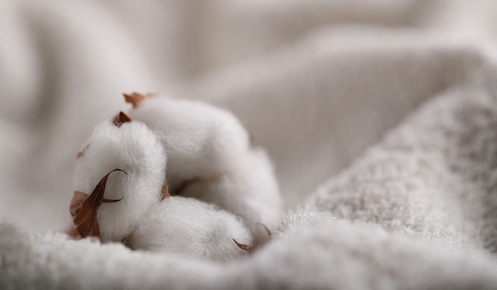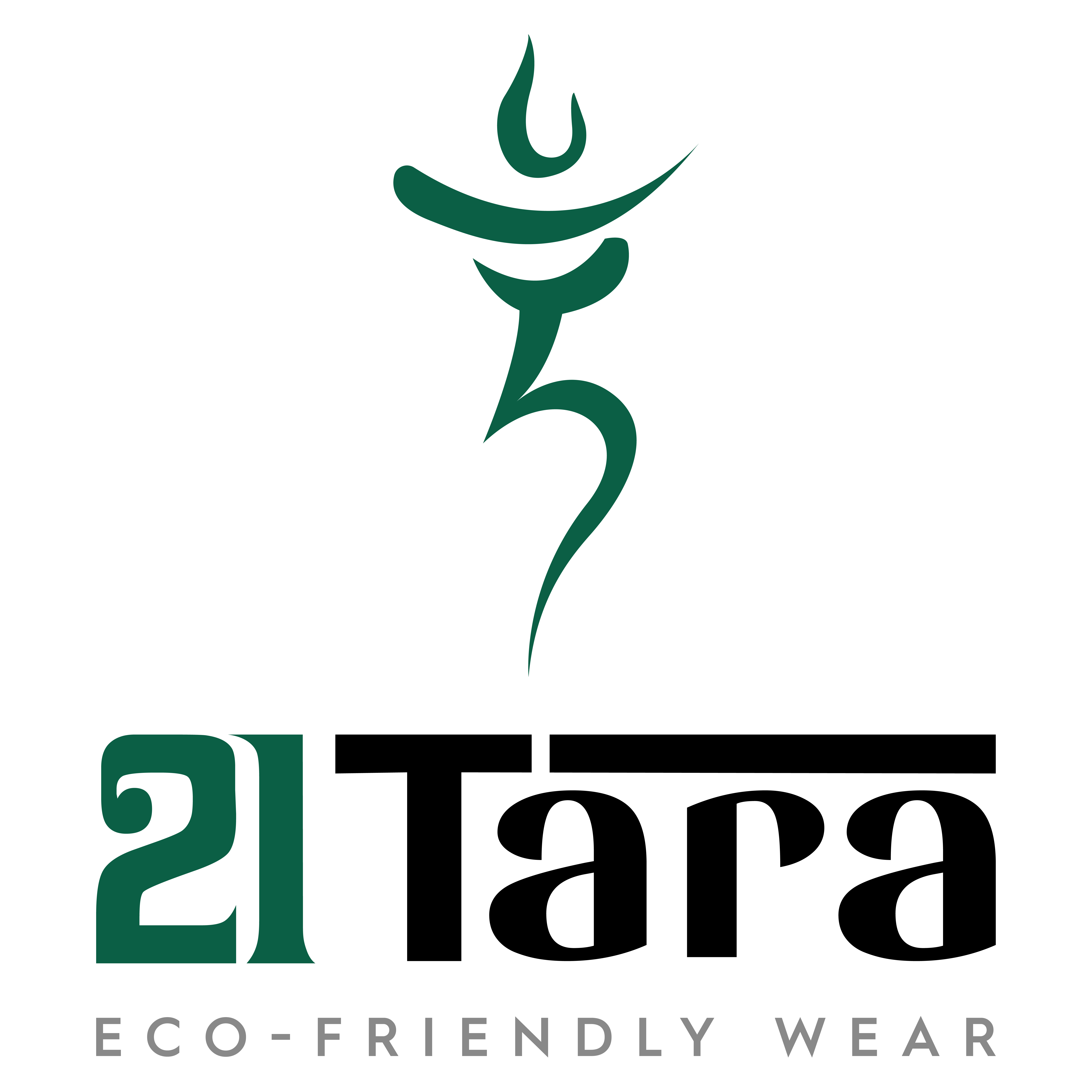
Cotton is a natural plant fiber that surrounds the seeds of cotton plants. It is the most produced textile fiber in the world and can be produced using two methods of agriculture: conventional or organic. For organic cotton, the main producing countries are Turkey, India, Bangladesh, but also China and the United States.
Currently, global production of certified organic cotton, although increasing, represents only a tiny portion of global cotton production (O.7% of the total amount of cotton produced in 2019!).
Organic cotton is cotton that is grown without pesticides, insecticides or chemical fertilizers, and without GMOs. Only natural products are used, which do not harm ecosystems, do not exhaust the soil, and are not toxic for the farmers who work on its production.

The benefits of organic cotton
– lower water consumption than conventional cotton. As the soils are richer, they retain rainwater and moisture better and therefore require less external irrigation. Additionally, as no toxic products are used, there is no need for water to dilute it.
– reduced health risks. Cotton cultivation and the massive use of chemicals that it generates has a direct impact on the health of workers and residents of the regions where cotton is grown (lack of protection, diffusion of products into the soil and water. ..). Organic cotton is therefore not only ecological but also ethical to the extent that it helps protect the health of workers.
– a more limited impact on the environment. No destruction of ecosystems or pollution of land as with the use of chemicals.
– more durable cotton. Organic cotton fiber is better preserved and thicker, softer and more flexible.
The downside to all this is that the purchase price of organic cotton is much higher than that of traditional cotton. The yield is lower, and the costs of environmental protection measures are actually included in the manufacturing process. This is not the case for conventional cotton, where the cost of environmental and health damage is only taken into account ex post, when we want to take them into account…
The GLOBAL ORGANIC TEXTILE STANDARD is the reference label in terms of organic textiles. It is the most comprehensive label since it takes into account environmental, health and social aspects. It is updated every 3 years to review, maintain or tighten certain points. GOTS certification is carried out by an independent organization and there is a fee for product labeling. Once certification is obtained, there are then regular and rigorous checks with an annual on-site inspection cycle.
Regarding the origin of textile products, they are recognized as “organic” if they contain at least 95% certified organic fibers, and in this case, only the GOTS label is indicated. If it is written on the GOTS label (x%), this means that the textile contains between 70% and 95% certified organic fibers.
Concerning the production processes, it excludes many toxic products (heavy metals, endocrine disruptors, chlorine, chromium, nickel, etc.), dyes are highly regulated, wastewater must be sanitized in a wastewater treatment plant, packaging recycled…
Thus, from the transformation of the raw material to the finished product, everything is controlled, and there must be no trace of unwanted residues.
That’s it for the environmental part, as far as the social criteria are concerned, they are based on the fundamental conventions of the International Labor Organization (ILO) and this label therefore poses the following conditions:
– prohibition of forced or compulsory labor
– respect for the right to freedom of association and the right to collective bargaining
– prohibition of child labor
– prohibition of discrimination
– guarantee of safe and hygienic working conditions
– decent salaries
– reasonable working hours
– prohibition of brutal and inhumane treatment of employees.
Finally, this certification also focuses on products with a long lifespan and consequently it requires certain technical qualities of the finished product such as resistance to friction, perspiration, washing, shrinkage or even color stability.
You can therefore see that this label is particularly demanding, and that is why we chose it.
The many other labels are less global and focus on one criterion rather than another: the environment like the European Ecolabel, health like the Oeko-Tex 100 label, social issues like Max Havellaar.

